A 19th-century French inventor's $100,000 prototype roller coaster performed worse than expected and no one wanted to buy it.
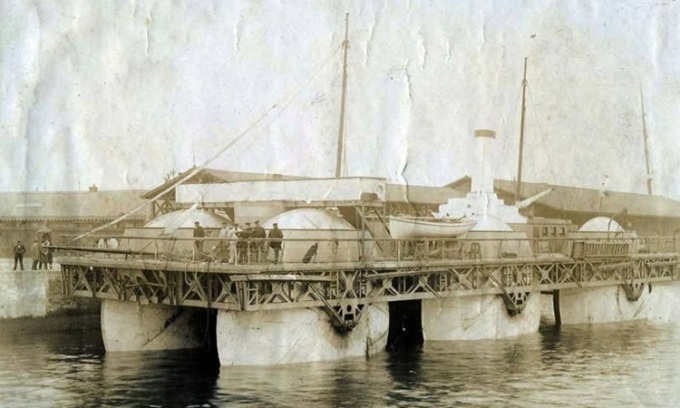
Ernest Bazin's failed steamboat prototype. Photo: Amusing Planet
Between 1892 and 1893, French inventor Ernest Bazin patented an unusual design for a watercraft. Instead of gliding across the water like a conventional watercraft, Bazin sought to minimize contact with the water, thereby overcoming friction with a design that incorporated rollers. After years of experimenting with a 1/25 scale model of the watercraft, Bazin was ready to take his invention to sea, according to Amusing Planet .
In December 1893, Bazin, in partnership with his brother Marcel, founded the Societe en Participation du Navire-Express-Rouleurs Bazin, an association dedicated to the development of roller-wheeled vessels. Two years later, the Societe Anonyme Bazin Roller-Wheel Ship Research and Development Association was officially established in Paris to promote Bazin's ideas. At the same time, construction of the first roller-wheeled vessel began at the Cail shipyard in Saint-Denis.
The ship consists of a rectangular deck 86 m long and 12 m wide. The rectangular hull is lifted out of the water by the buoyancy of six hollow rollers, each 12 m in diameter and 360 m thick. Each pair of rollers is driven by a 50-horsepower engine. Under normal conditions, they are only one-third submerged.
Bazin predicted that his ship would be able to reach speeds of around 20 mph, or even 23 mph at full power. By contrast, a conventional ship of similar construction and power could only reach half that speed. The Bazin, powered by 10,000 horsepower engines, designed his roller ship to carry an additional 600 tons of cargo at 32 crossings across the Atlantic. By comparison, a steamship would require 30,000 horsepower to reach 23 mph with a smaller cargo capacity.
Bazin also predicted that the design would save a lot of fuel, predicting that the ship would consume 800 tons of coal to cross the Atlantic, much less than the 3,000 to 4,000 tons used by a typical passenger ship. The inventor claimed that the ship would be safer because in the event of a collision, at least one pair of wheels would not be destroyed, allowing the ship to continue moving until it reached its next port.
Bazin was confident that the trials in Rouen and on the Thames would be successful. He named the ship "Ernest Bazin" after himself and announced plans to build a larger ship with four pairs of rollers for transatlantic travel. However, when the "Ernest Bazin" was tested in the English Channel, it became unstable and sluggish. The wheels picked up so much water that they slowed the ship down instead of propelling it forward. Instead of the predicted 37 km/h (23 mph), the ship reached a maximum speed of only 13 km/h (8 mph).
Ernest Bazin died in despair shortly afterwards in January 1898. Both Bazin associations dissolved that same year. Bazin's $100,000 ship was put up for public sale in Liverpool in 1899, but no one was interested in buying it. Eventually, the ship was scrapped.
An Khang (According to Amusing Planet )
Source link


![[Photo] The two Prime Ministers witnessed the signing ceremony of cooperation documents between Vietnam and Ethiopia.](https://vstatic.vietnam.vn/vietnam/resource/IMAGE/2025/4/15/16e350289aec4a6ea74b93ee396ada21)




![[Photo] Prime Minister Pham Minh Chinh holds talks with Ethiopian Prime Minister Abiy Ahmed Ali](https://vstatic.vietnam.vn/vietnam/resource/IMAGE/2025/4/15/4f7ba52301694c32aac39eab11cf70a4)
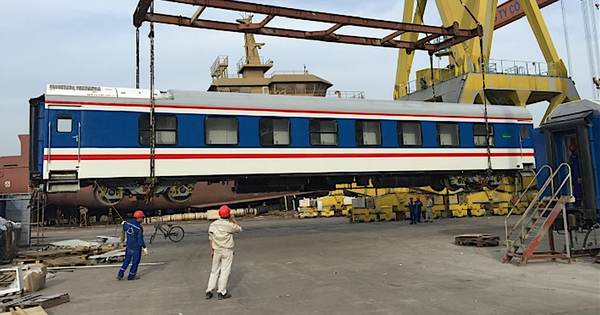





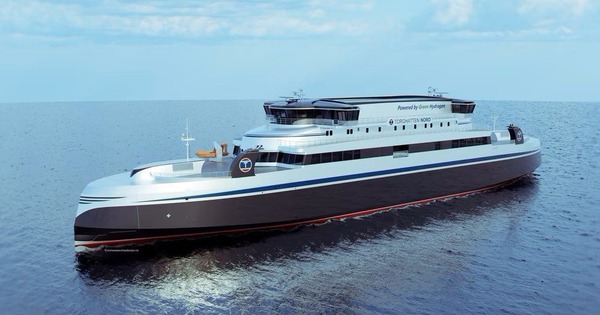
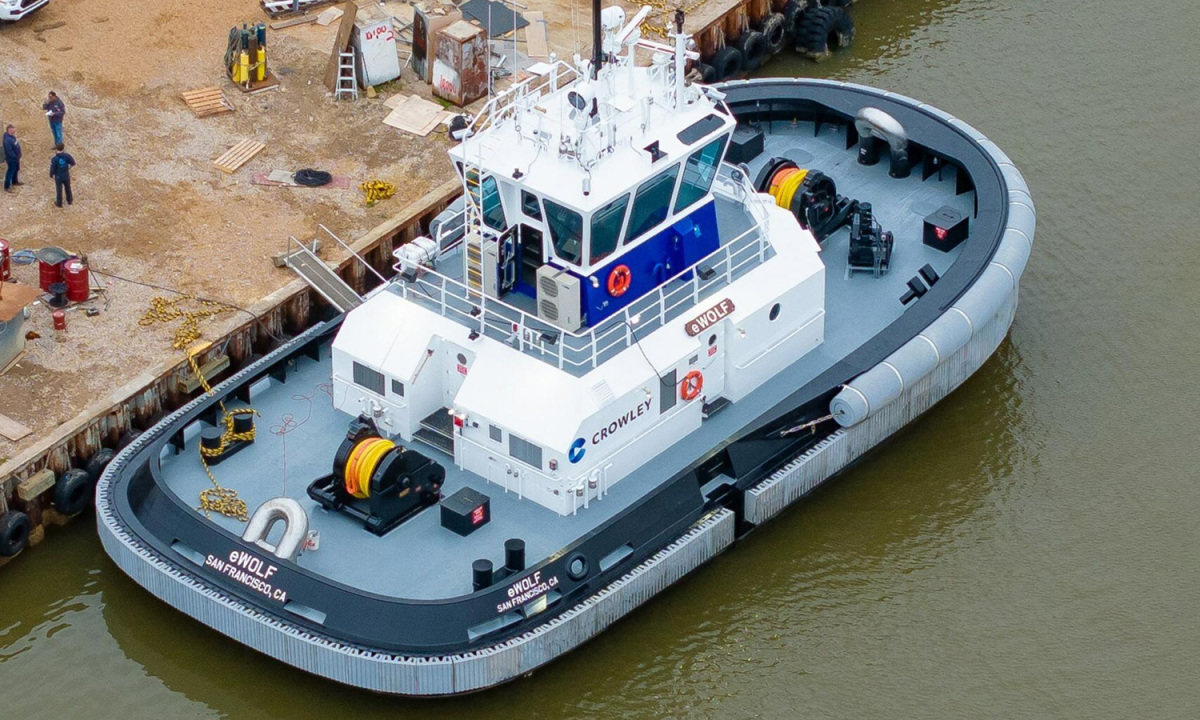
















![[Photo] General Secretary To Lam receives Ethiopian Prime Minister Abiy Ahmed Ali](https://vstatic.vietnam.vn/vietnam/resource/IMAGE/2025/4/15/086fa862ad6d4c8ca337d57208555715)
![[Photo] National Assembly Chairman Tran Thanh Man attends the summary of the organization of the Conference of the Executive Committee of the Francophone Parliamentary Union](https://vstatic.vietnam.vn/vietnam/resource/IMAGE/2025/4/15/fe022fef73d0431ab6cfc1570af598ac)















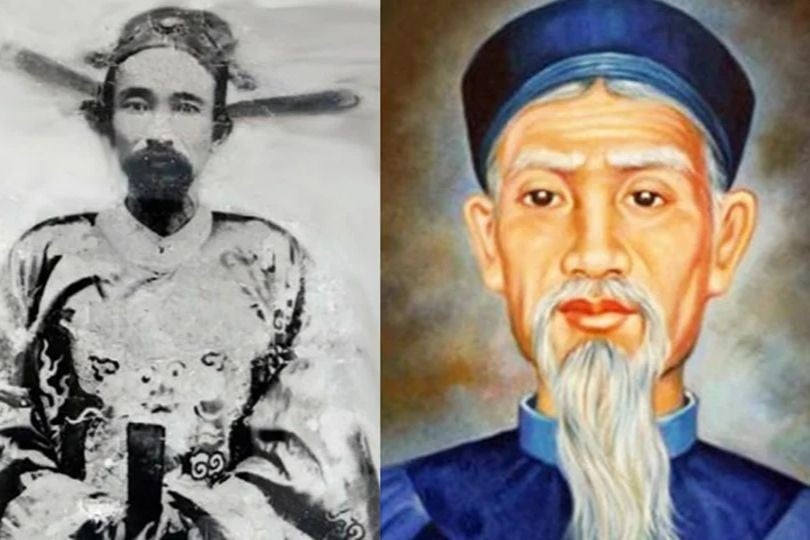













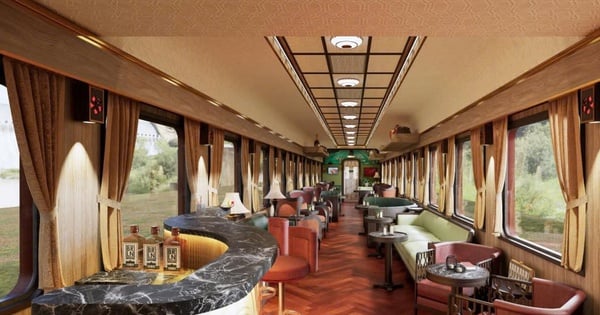




















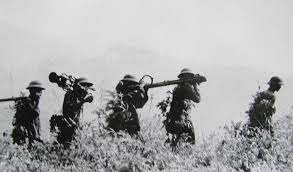








![[Photo] The capital of Binh Phuoc province enters the political season](https://vstatic.vietnam.vn/vietnam/resource/IMAGE/2025/4/16/c91c1540a5744f1a80970655929f4596)








Comment (0)